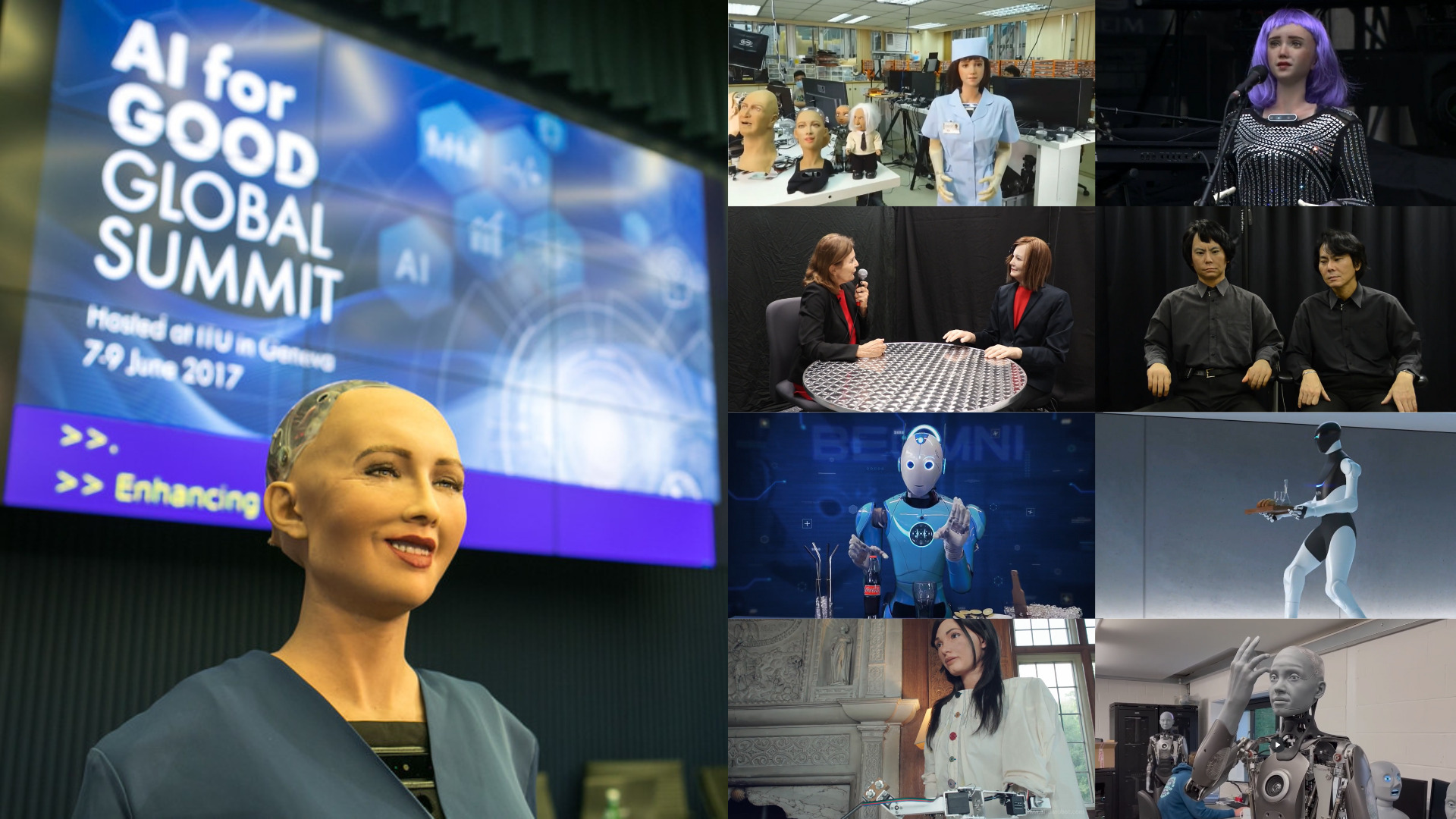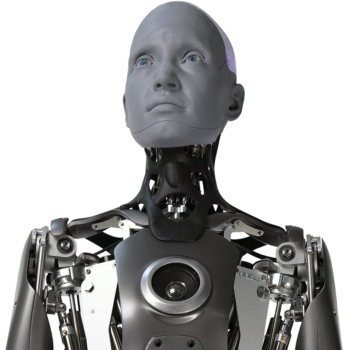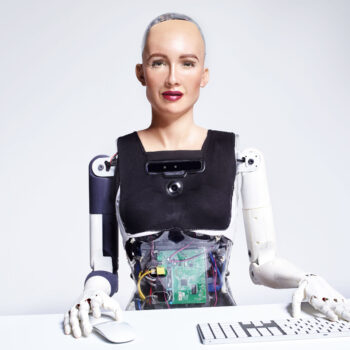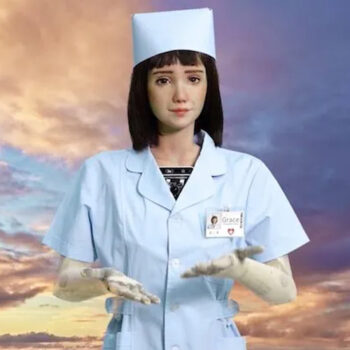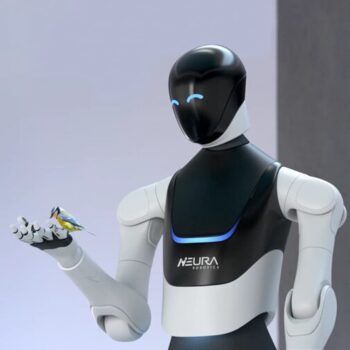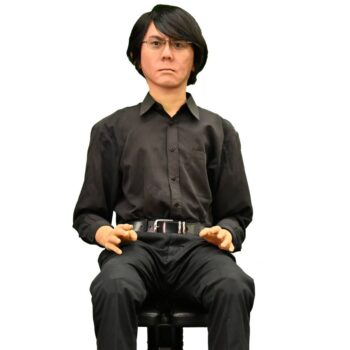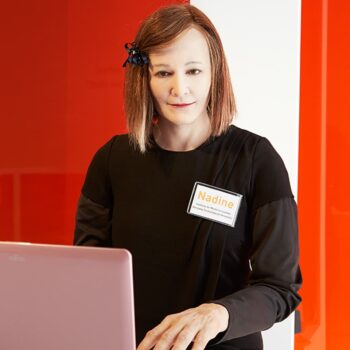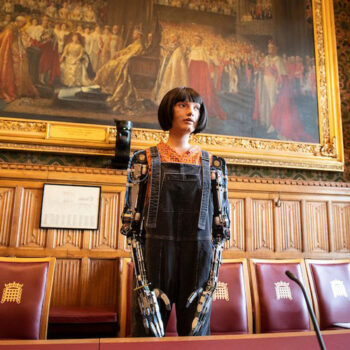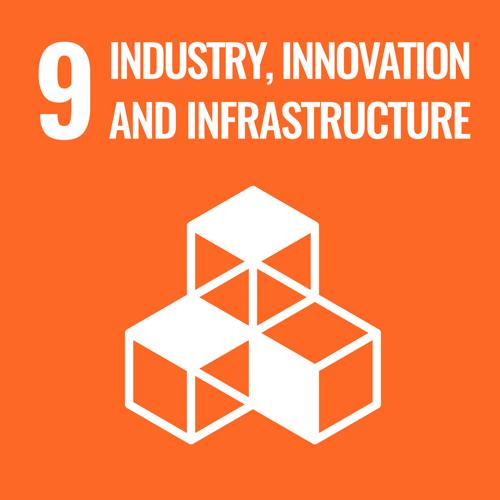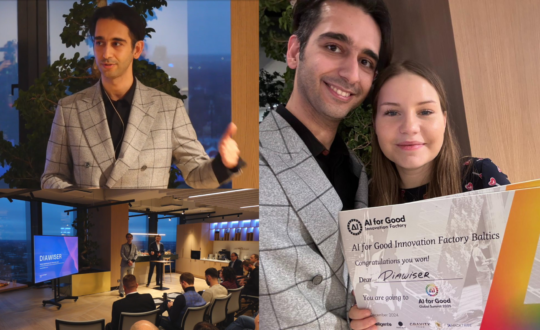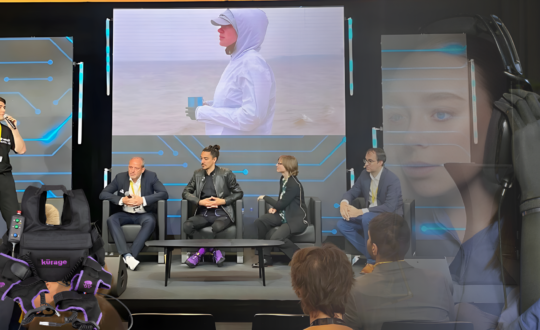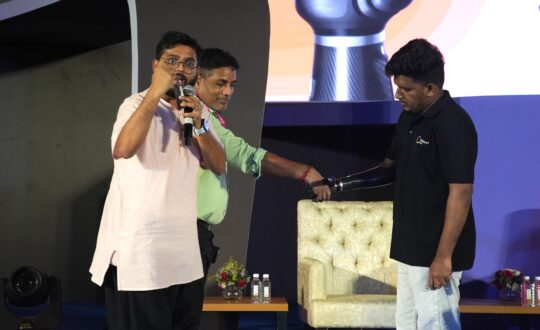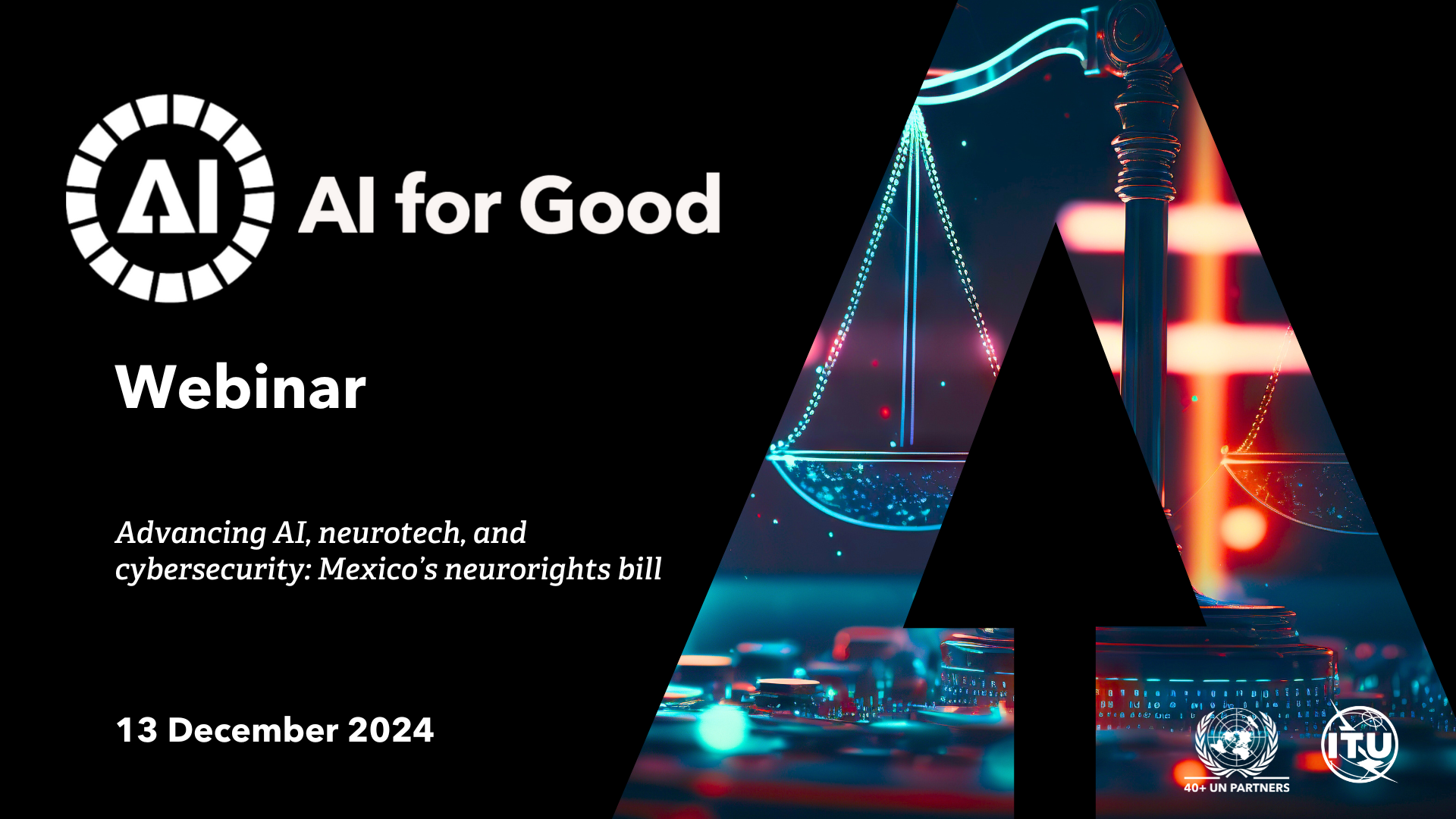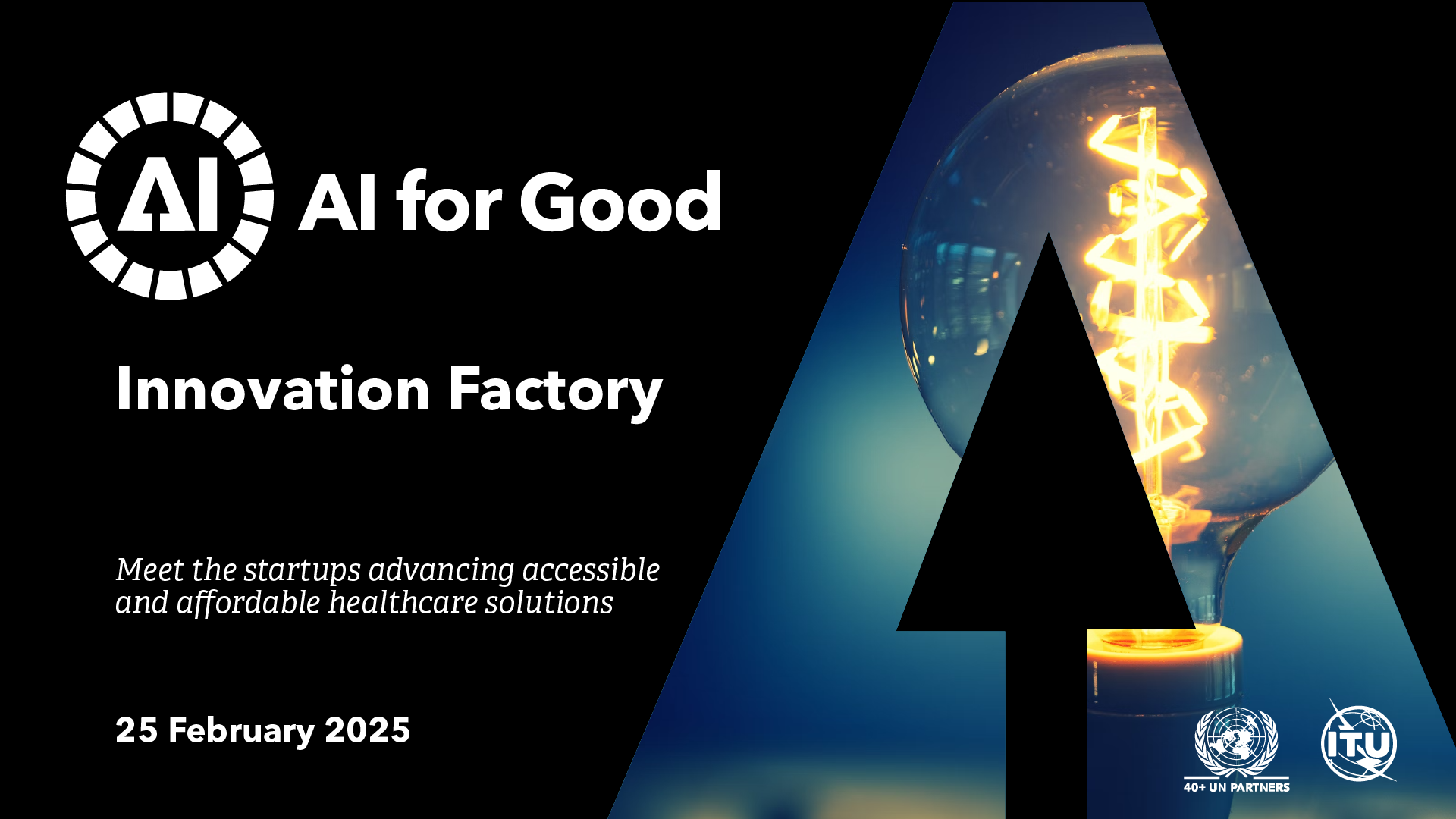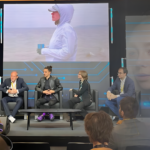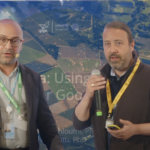The 2023 edition of the AI for Good Global Summit will take place in Geneva, 6-7 July. Over 30 cutting-edge robots are gearing up to take part in the Robotics for Good exhibition, which will show the potential of autonomous robots to drive progress towards the United Nations’ Sustainable Development Goals (SDGs).
In this series of blog posts, we will be introducing some of the robots attending the Summit and explain how they are contributing to the SDGs.
Episode 1: Humanoid robots
Today we would like to introduce humanoid robots – machines designed to emulate both the appearance and actions of humans through the use of sensors, actuators, and software that enable interaction with the environment and execution of tasks comparable to those done by humans. Humanoid robots have various applications, including healthcare, education, entertainment, and research, which have the potential to improve lives and open up opportunities for innovation.
READ MORE: Discussing the future of Robotics for Good at the AI for Good Global Summit 2023
Presenting cutting-edge humanoid robots
The upcoming AI for Good Global Summit in 2023 is set to make history by bringing together nine humanoid robots under the same roof. Each of them has its unique set of features and capabilities, making them a fascinating subject of study. Here’s a closer look at each of them:
Ameca, designed by Engineered Arts, is one of the world’s most advanced human-shaped robot, with a realistic appearance and lifelike movements. The robot has a range of sensors and cameras that allow it to detect and respond to people in its environment, as well as to recognize and track individual users. It will be presented during the Summit by Will Jackson, CEO at Engineered Arts.
Sophia, created by Hanson Robotics, is a humanoid robot that has gained international fame for its striking appearance and advanced capabilities. Sophia’s design is intended to resemble a human, and is capable of expressing a range of facial expressions and gestures. Sophia’s most impressive feature is her sophisticated neural network that enables her to process speech and facial recognition, making her capable of engaging in conversations and recognizing individuals. Sophia will be presented by David Hanson, CEO and Founder at Hanson Robotics.
Sophia also has two sisters, both developed in partnership with Hanson Robotics and SingularityNET. The first one is Grace, specifically designed to provide assistance and companionship to elderly individuals and people with disabilities. Grace can carry out a range of tasks, including meal preparation, cleaning, and medication reminders, with the aim of enhancing the quality of life for those in need.
The second is Desdemona, the rock star robot of the Jam Galaxy Band that runs on music and electricity and is on a mission to share her belief that the world can be changed for the better through the power of AI in the creative arts. Desdemona and Grace will be presented by Ben Goertzel, CEO and Founder of SingularityNET.
4NE-1 is a robust robot based on verified, cognitive technology developed by Neura Robotics. Thanks to its integrated AI, 4NE-1 can recognize different human voices, languages, and even voice tones and emotions, allowing the robot to interact with humans through voice and gesture control. With unique and patent-pending Touchless Safe Human Detection technology, a sensor that can detect humans and other moving objects even when the sensor’s view is obstructed by clothing, 4NE-1 can interact with humans naturally and safely.
Geminoid HI-2 is a tele-operated android developed by Hiroshi Ishiguro Laboratories in Japan. The Geminoid HI-2 robot is designed to look and act like a human being as closely as possible. It has a realistic silicone skin, eyes with built-in cameras, and a range of facial expressions and movements that are controlled by motors and servos located beneath the skin. It is designed to resemble and behave like its creator, Professor Hiroshi Ishiguro, who is going to present Geminoid at the AI for Good Summit 2023.
Nadine is another humanoid social robot that is modelled on her creator, Professor Nadia Magnenat Thalmann from the University of Geneva – MIRALab. One of the key features of Nadine is its ability to learn and remember individual users over time. This means that the robot can tailor its interactions to each user’s preferences and needs, and develop a more personalized relationship with them. She has worked in banks and elderly homes.
Ai-Da is the world’s first ultra-realistic humanoid robot artist created by Aidan Meller. Ai-Da is designed to be the world’s first AI artist capable of creating original artwork using a combination of machine learning algorithms and human guidance. The robot has been featured in a range of exhibitions and galleries around the world, showcasing its unique blend of technology and art. It has been praised for its ability to challenge traditional notions of what constitutes art, as well as for its potential to democratize the art world by making it more accessible to people who may not have had the opportunity to create or experience art otherwise.
Beomni is the world’s first fully functional general-purpose humanoid developed by Beyond Imagination. This AI-powered robot is designed to interact with humans and assist them in various tasks. It can perform a range of movements and actions, enabling remote work at a high level of fidelity to be done from around the globe. It will be introduced by Harry Kloor, CEO at Beyond Imagination.
Humanoid robots supporting sustainable development
Humanoid robots can be a significant contributor to achieving SDG 3: Good Health and Well-Being. They have the capacity to provide companionship and support for elderly people and those with chronic conditions, and can assist healthcare workers with tasks such as monitoring vital signs and providing medication reminders. For instance, Grace and Beonmi can improve access to healthcare services, particularly for elderly people and individuals with disabilities by providing personalized care and support. Nadine, on the other hand, can contribute to improving health and well-being by assisting healthcare providers in delivering care to patients through telepresence and virtual assistants.
In addition to healthcare, humanoid robots can be used in educational settings to help children with special needs to learn and develop social skills, promoting SDG 4: Quality Education. For example, Geminoid can be used as a tool for improving the quality of education, providing remote lectures and presentations. Ai-Da can teach students about the intersection of art and technology, promoting innovation and creativity.
Robots such as Ameca and Grace can contribute to SDG 10: Reduced Inequalities by helping and supporting people with disabilities, reducing inequalities in access to healthcare, education, and other services. Furthermore, humanoid robots such as Sophia can promote gender equality by challenging gender stereotypes and providing positive role models for women and girls.
When it comes to SDG 12: Responsible Consumption and Production, humanoid robots such as 4NE-1 and Ai-Da are leading the way. 4NE-1 is improving the efficiency and productivity of manufacturing processes, leading to more sustainable production practices, while Ai-Da’s use of various mediums to create art could potentially reduce waste by utilizing materials in innovative ways and promoting more responsible consumption and production.
Finally, humanoid robots can also contribute to SDG 9: Industry, Innovation and Infrastructure. They have the potential to play a significant role in building resilient infrastructure and promoting sustainable industrialization. By enhancing productivity, driving innovation, and promoting sustainability, humanoid robots are accelerating progress towards a better future.
Register for the AI for Good Global Summit to meet and interact with the humanoid robots and its creators.
Watch our Global Summit video:



